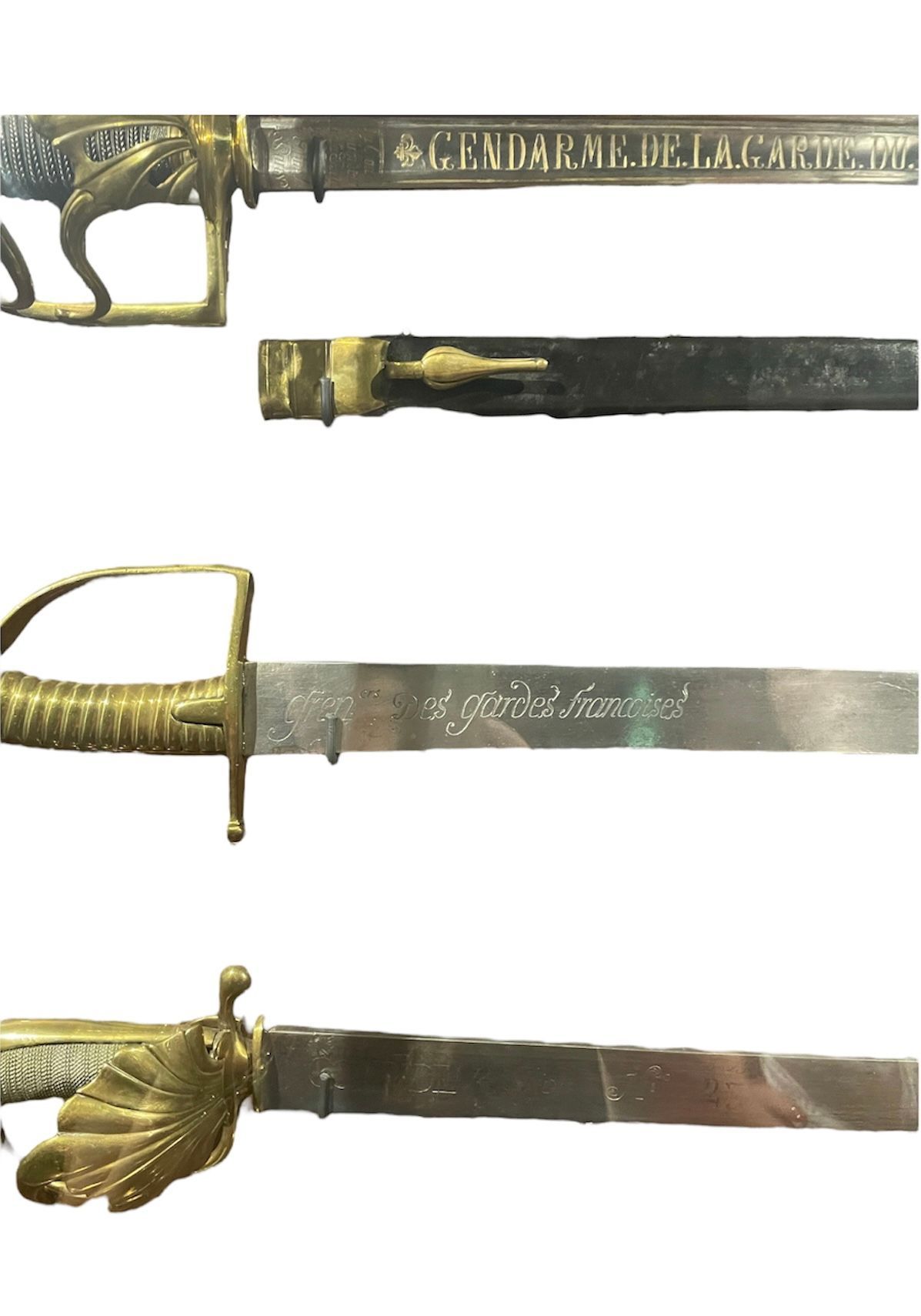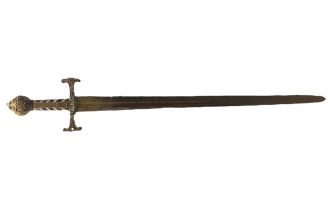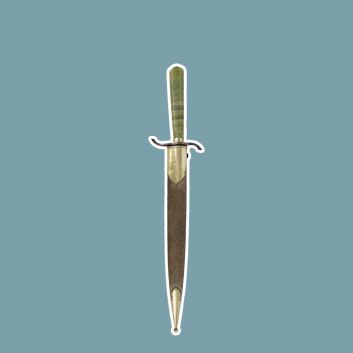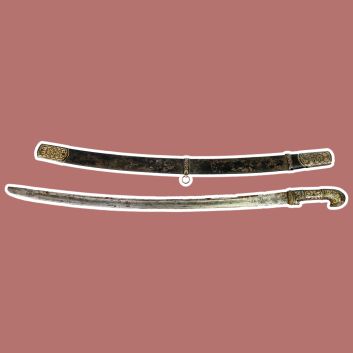Rating and value of French sabres from the revolutionary period

If you own a French saber from the revolutionary period, and would like to know its value, and if you don't know, the period and model of your saber, our state-approved experts and auctioneers will offer you their appraisal services. Our specialists will carry out a free appraisal of your work, and provide you with a precise estimate of its value on today's market. Then, if you wish to sell your work, we will guide you towards the best possible arrangement to obtain the optimum price.
Rating and value of French revolutionary swords
Swords from the revolutionary period are highly sought-after by collectors. However, price differences can be considerable, depending on order, state of preservation, who owned it, and other criteria. Nowadays, prices for these objects can rise considerably under the auctioneer's hammer. Buyers from all over the world are interested in the sale of certain rare pieces. The price at which they sell on the art market ranges from €100 to €4,710, at the moment, a considerable difference but one that says a lot about the value that can be attributed to these weapons. In 2022, a Sartine brass boarding saber sold for €4,710, whereas its estimate was between €600 and €800.
Value order ranging from simple to prestigious
Saber type | Results |
|---|---|
Saber for elite companies | From €100 to €3,300 |
Grenadier lighter saber | From €80 to €3,800 |
Navy lighter saber | From €80 to €2,000 |
Royal Guard sword | From €150 to €31,000 |
Dragon sword | From €350 to €11,000 |
Sabre à la Montmorency | From €200 to €15,200 |
Response in less than 24h
A look back at the history of the French sabre
Swords began to appear in the 17th century. At the end of the century, a hundred years before the French Revolution, the King of France, Louis XIV at the time, decided to regulate their manufacture. The horse grenadier saber of the King's household was one of the first to be included in the regulations. Events unfolded in the 1780s, and in 1791, following the Jeu de Paume oath and the Declaration of the Rights of Man and of the Citizen, the first constitution came into force. This stipulated that the King was the supreme commander of the Armed Forces, and as a result, the regulations governing French sabres were extended to all army corps.
In the early 17th century, bladed weapons were imported from Germany and assembled in France. In 1730, Louis XV issued letters patent authorizing their manufacture, first in Alsace, then at the Châtellerault factory.
The sabers on the auction market from this period therefore range from pieces from the Ancien Régime, which were not yet fully regulated, to weapons from the Directoire period. Weapons built from this period onwards incorporate Napoleonic sabres and no longer belong to the Revolutionary period.

The Montmorency sword
The Montmorency-style saber is an emblematic weapon of this period. They were made by private suppliers at a time when the manufacture of sabers was not yet regulated by Louis XVI. They often feature a simple, chiselled hilt cut by a circular branch. They all look relatively similar and can be engraved, as officers sometimes ordered this type of saber. The blade is very slightly inclined, much less so than a lighter saber.
The scabbard, as with almost all swords of the period, is made of leather with metal trim.
This weapon is named after the Constable and Marshal Anne de Montmorency, who fought on the Catholic side during the Wars of Religion.
Montmorency-style sabers are a fairly regular item on the French auction market. They are always a great success.
The revolutionary period, the first evolution of edged weapons
Napoleon I redesigned the weapons mainly for the Grande Armée. However, sabers had only been around for a short time during the revolutionary period, and the fact that they were not yet regulated encouraged arms manufacturers to innovate on the advice of the military and the royal guard.
The revolutionary camp uses smaller, lighter weapons, such as spinning guns and daggers.
This period in history saw the evolution of swordmaking, taking into account the experience of soldiers to improve blade inclination, hilt construction and aesthetic elements such as engravings.

Reasons to auction a revolutionary sword
If you own a sword from this historic period, and don't know how to sell it, auctions are a solution. Indeed, collectors use this medium to find models that correspond to a particular battle or that belonged to their ancestors. Prices can reach unprecedented heights.
These objects are not only edged weapons, but also historical witnesses to the revolutionary period, in keeping with the scientific evolution of French weapons design.
Knowing the value of a Revolutionary-era saber
If you happen to own a sword from any period and would like to know its value, don't hesitate to request a free appraisal using the form on our website. A member of our team of experts and certified auctioneers will contact you promptly to provide you with an estimate of the market value of your piece, as well as any relevant information about it. If you wish to sell your property, our specialists will also be on hand to offer you alternatives for selling it at the best possible price, taking into account market trends.
Response in less than 24h
Related topics

Rating and value of 15th century French swords
Swords are antique weapons that have become true objets d'art. Their value can be high on the auction market, and their quotation is stable.
Read more >

Rating and value of hussar sabres, cavalry
Hussar sabers are bladed weapons worn by cavalry soldiers known as hussars. They are highly prized at auction.
Read more >

2024 quotation and value of Mughal daggers
Mughal daggers are historically valuable weapons from Indian collections. They are highly prized on the auction market.
Read more >
Secure site, anonymity preserved
State-approved auctioneer and expert
Free, certified estimates




